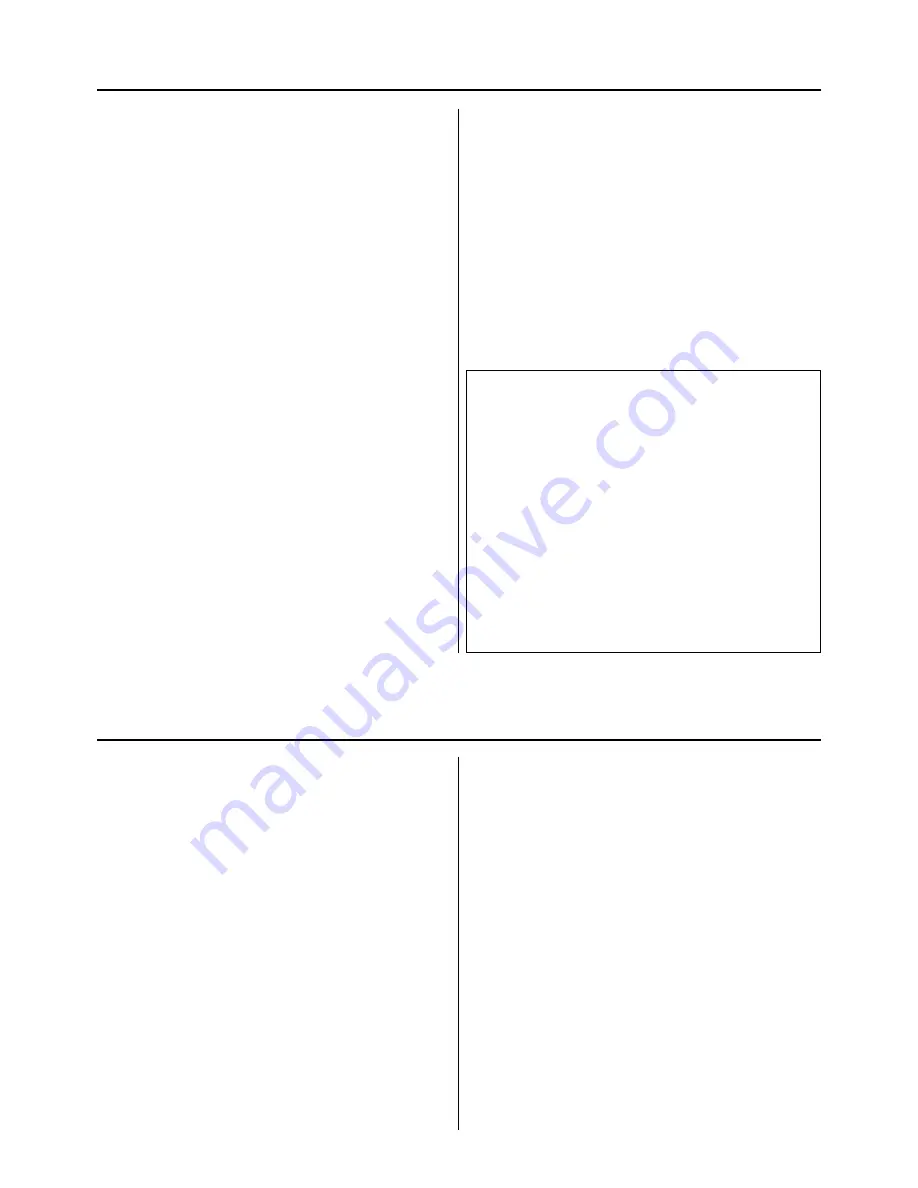
10
7. Cutting the Joint
Because there may be a need to alter one or more of
the settings in order to get the joint to fit correctly it is
wiser to carry out the initial cuts on two trial pieces of
timber of the same width and thickness as the final
components.
Position the router on the template with the cutter
clear of the timber and switch on.
Now with just a light cut run the router from right to
left across the work, just touching the end of each
finger. Continue the cut allowing the router to do the
work and avoiding any heavy-handed forced contact
with the template. Follow the template in and out of
the finger guides working from left to right. When
completed switch the router off before lifting it from
the jig.
It is important that a firm and even pressure is kept on
the router whilst the joint is being cut; this will both
ensure an accurate joint and prevent any possibility of
the cutter guide bearing disengaging from the slots in
the template.
Remove the pieces from the jig, make a trial fit and
then, if necessary, make the following adjustments:
• If the fit is too loose, increase the cutter depth by
0.5mm.
• If the fit is too tight, decrease the cutter depth by
0.5mm.
• If the pins stand proud of the joint, move the back
stop further back.
• If the pins sit too deep in the joint, move the back
stop further forward.
Having made the necessary adjustments you can
either make a second trial cut or proceed directly to
the final joint. Once the correct settings have been
made then production runs of joints can be
undertaken, although the settings will need to be
checked periodically to maintain accuracy.
Additional cutter avaliable:
Axcaliber Dovetail Cutter
(Order no: 951241)
With a greater cutting depth this cutter is offered as
an optional extra to the standard cutter supplied with
the Axminster dovetail jig and is suitable for material
thickness of approx 19-30mm. The cutting depth will
be different from the standard cutter settings when
using this cutter and the depth should initially be set
to 24mm from the base of the router (16mm tail
length plus 8mm comb thickness).Small adjustments
can be made to cutter height dependant on the joint
fit achieved.
8. Box Jointing
Box joints can be formed in timber with a maximum
thickness of 3/4" using a 1/2" template profile cutter,
Stock No 610479. The procedure is different from that
used for dovetailing in that both boards are mounted
vertically in the front clamp and cut independently of
each other with the fingers in one board offset by
1/2" from those on the other.
First of all, the template assembly needs to be brought
forward as far as possible and locked in position with
the locking knobs (4) see Fig 5; this will allow the
cutter to move far enough in the fingers to cut the full
3/4" thickness of timber. Next, the template assembly
should be raised high enough to allow the cutter to
cut to its full depth without fouling the top surface of
the jig body. This can be achieved by placing a timber
spacer (or spacers) underneath both the rear clamp
and the template and locking in position with the rear
clamp. The spacer should be at least 1/8" (3mm)
thicker than the timber being jointed which should be
enough to ensure that the cutter will cut the full depth
without contacting the body of the jig.
The depth of the cutter below the router base plate
should be set to give the required joint depth plus the
thickness of the template (e.g. 19 + 8 = 27mm in the
case of 3/4" timber). It is important to note that when
thinner timber is used the guide bearing will sit higher
up in the template and in this case it may be
necessary to position the timber below the bottom of
the template (with the aid of a thin plywood shim) so
that the bearing still runs within the depth of the
template.
Summary of Contents for DTJ24
Page 7: ...07 4 Setting Template and Backstop Fig 5 1 16 1 8 4 ...
Page 12: ......












